目錄大綱
- 1 Types of Laser Cutting Processes
- 2 Applications of Laser Cutting Services
- 3 Advantages of Laser Cutting
- 4 Considerations Before Opting for Laser Cutting Services
- 5 Choosing the Right Laser Cutting Service Provider
- 6 Future Trends in Laser Cutting Technology
- 7 Case Studies: Real-World Examples of Laser Cutting Success Stories
Laser cutting is a precise machining technique that utilizes a focused beam of light to cut through materials. The laser beam generates intense heat, leading to local melting, burning, or vaporization of the material, ensuring clean and accurate cuts. This technology is widely used in industries ranging from manufacturing to healthcare, making it an indispensable tool for creating complex shapes and intricate designs.
Evolution of Laser Cutting Technology
The journey of laser cutting technology is fascinating, evolving rapidly since its inception in the 1960s. Here’s a brief look at its key milestones:
- 1960s: The first laser was created, laying the groundwork for cutting applications.
- 1970s: The introduction of CO2 lasers made it practical for industrial use.
- 2000s: Fiber lasers emerged, offering increased efficiency and versatility.
Each advancement has enhanced precision, speed, and cost-effectiveness, enabling laser cutting services to cater to diverse applications effectively. This evolution underscores how technology can transform manufacturing capabilities.
Types of Laser Cutting Processes
Fiber Laser Cutting
Fiber laser cutting has gained immense popularity due to its efficiency and precision. Utilizing a solid-state laser, this method is ideal for cutting metals like stainless steel and aluminum. Fiber lasers excel in speed, making them perfect for high-volume production.
- Advantages:
- Lower operational costs
- Minimal maintenance requirements
- Excellent beam quality
Imagine a bustling factory where intricate metal parts are produced at lightning speed—fiber lasers make that possible.
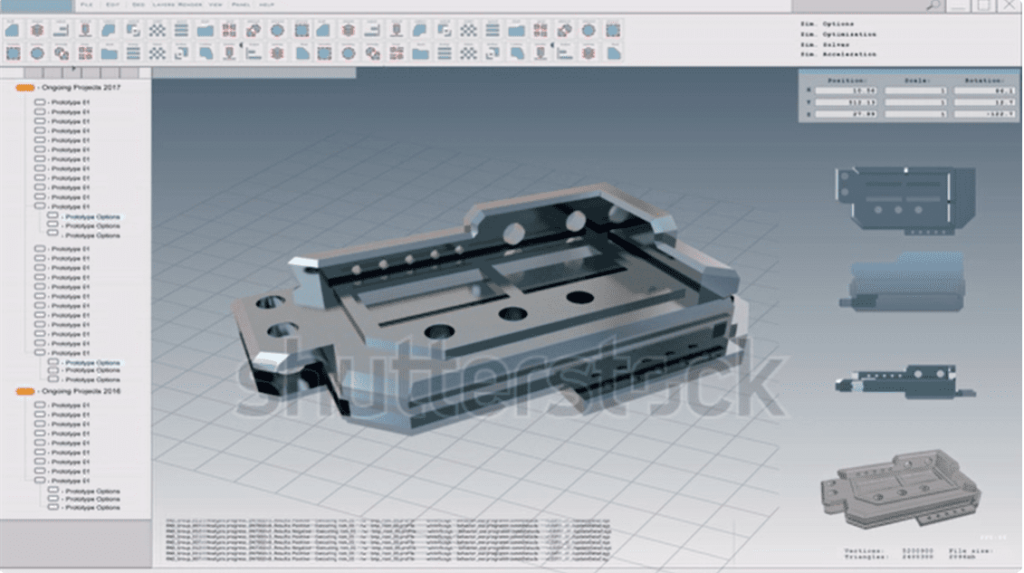
CO2 Laser Cutting
CO2 laser cutting, an established technique, uses a gas mixture to generate a powerful beam. This process is versatile and suits various materials, including plastics and wood.
- Key characteristics:
- High-quality cuts
- Ability to handle thicker materials
- Longer setup times compared to fiber lasers
It’s often favored in industries that require versatility in materials and exceptional edge quality.
YAG Laser Cutting
YAG (Yttrium-Aluminum-Garnet) laser cutting offers a unique approach, primarily used for metal applications. Known for its strength, the YAG laser is effective for cutting and engraving materials like metals and ceramics.
- Highlights:
- Powerful beam with a longer lifespan
- Suitable for precise details
- Often used in medical device manufacturing
Each of these technologies showcases how diverse laser cutting processes can be, catering to different needs and industries.
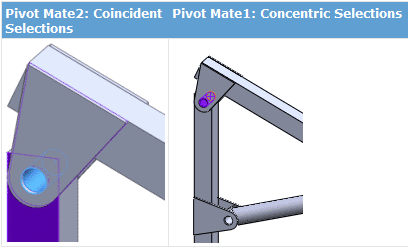
Applications of Laser Cutting Services
Industrial Applications
Laser cutting services have become a backbone in various industrial sectors. From automotive to aerospace, industries leverage this technology for its precision and efficiency.
- Common uses:
- Cutting metal sheets for chassis or frames
- Creating intricate parts for machinery
- Manufacturing components for electronic devices
For instance, a local auto parts manufacturer successfully reduced production time by 30% after adopting laser cutting for their metal components.
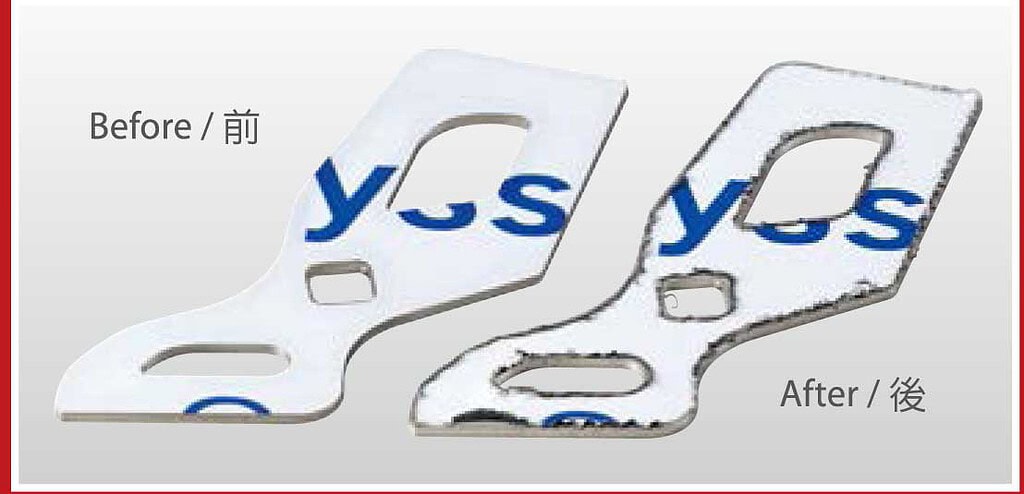
Artistic and Creative Applications
Beyond industrial use, laser cutting ignites creativity in artistic fields. Artists and designers utilize this technology to bring intricate designs to life.
- Popular applications:
- Custom jewelry design
- Decorative wall art and signage
- Fashion accessories with intricate patterns
One artist shared how laser cutting allowed her to craft delicate lace-like patterns in wood, previously unimaginable with traditional methods. Combining creativity and technology opens doors to truly unique creations, showcasing the versatility of laser cutting services.
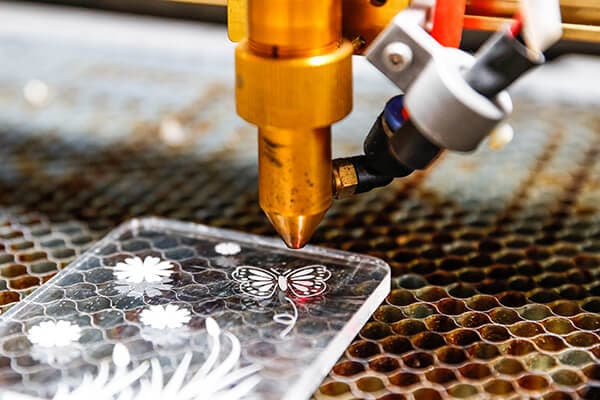
Advantages of Laser Cutting
Precision and Accuracy
One of the most significant advantages of laser cutting is its unmatched precision and accuracy. This technology enables manufacturers to achieve tight tolerances, ensuring that each cut is exact.
- Key benefits include:
- Intricate detailing for complex designs
- Consistent quality across multiple units
- Reduced material wastage
A small business owner once shared how laser cutting helped him create parts with precision that traditional methods simply could not match, elevating his product quality and customer satisfaction.
Versatility in Materials
Laser cutting is incredibly versatile, accommodating a wide range of materials. Whether it’s metals, plastics, wood, or even fabrics, this technology can handle it all.
- Materials commonly cut include:
- Stainless steel and aluminum for industrial projects
- Acrylic and MDF for creative applications
- Leather and textiles for fashion items
Imagine a craft workshop where artisans can seamlessly switch from metal to wood, creating unique products with ease—this is the kind of versatility laser cutting offers. It empowers businesses to diversify their offerings while maintaining high quality, making it an invaluable asset across industries.
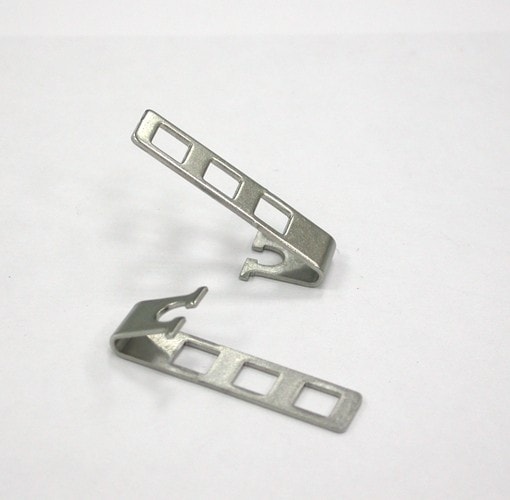
Considerations Before Opting for Laser Cutting Services
Material Compatibility
Before diving into laser cutting services, it’s crucial to consider material compatibility. Not all materials can be cut efficiently or safely using laser technology.
- Common materials compatible with laser cutting include:
- Metals: Stainless steel, aluminum, and brass
- Plastics: Acrylic, polycarbonate, and PVC
- Wood: Plywood, MDF, and hardwoods
A small business owner learned the hard way when she attempted to cut a dense composite—only to find out it wasn’t suitable for the process. Researching material compatibility can save time, costs, and prevent frustration.
Budget and Cost Efficiency
Budget considerations also play a vital role in choosing laser cutting services. While this technology can deliver exceptional results, it’s essential to evaluate the costs involved.
- Key cost factors include:
- Setup and labor costs
- Material expenses
- Per-unit cost based on complexity
A startup owner who carefully planned his budget found that investing in laser cutting increased his profit margins over time. By understanding both the short-term and long-term financial implications, businesses can make informed decisions that align with their goals.
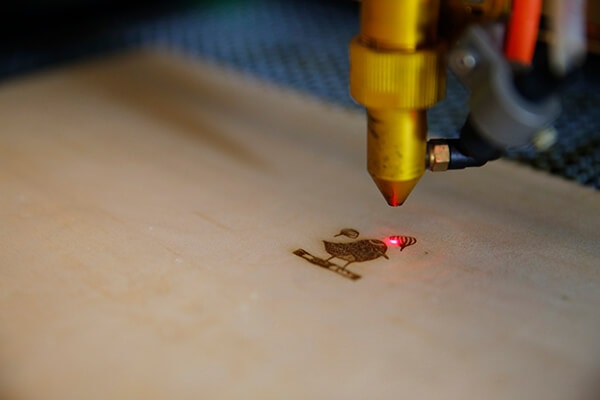
Choosing the Right Laser Cutting Service Provider
Factors to Consider
Selecting the right laser cutting service provider involves careful consideration of several factors that can impact the success of your project.
- Key considerations include:
- Experience and Reputation: Look for a provider with a proven track record in the industry.
- Range of Services: Ensure they offer services that align with your specific needs, whether it’s cutting, engraving, or prototyping.
- Customer Support: A responsive provider can make the process smoother, addressing any concerns that arise.
A friend of mine once chose a provider based solely on price, only to discover their output quality was lacking. This experience highlighted the importance of looking beyond cost alone.
Evaluating Expertise and Technology
Another critical aspect is evaluating the expertise of the provider and the technology they utilize.
- Consider the following:
- Machine Quality: Ensure they use advanced laser cutting machines to achieve precision.
- Skill Level: Knowledgeable technicians can make a significant difference in output quality.
- Innovative Solutions: Providers who stay updated with the latest technologies can often offer creative solutions.
By doing thorough research and asking the right questions, businesses can find a provider that not only meets their cutting needs but also enhances their overall project outcomes.
Future Trends in Laser Cutting Technology
Automation and Industry 4.0 Integration
As technology advances, automation has become a cornerstone of laser cutting services. The integration of Industry 4.0 principles is transforming how businesses operate.
- Key benefits of automation include:
- Increased efficiency and faster production times
- Real-time monitoring and diagnostics improving output quality
- Reduced labor costs and minimized human error
A local fabricator I spoke with recently shared how automating their laser cutting process allowed them to significantly scale their production, leading to rapid growth without compromising quality.
Emerging Innovations in Laser Cutting
New innovations are continuously pushing the boundaries of laser cutting technology.
- Exciting trends to watch:
- High-powered fiber lasers that enhance cutting capabilities
- Hybrid systems combining laser cutting with other technologies for multi-functional capabilities
- Sustainable practices with laser technology reducing waste and energy consumption
These innovations are not just enhancing efficiency; they are also making laser cutting more environmentally friendly. As the industry evolves, staying updated with these trends will empower businesses to leverage cutting-edge solutions for their production needs.
Case Studies: Real-World Examples of Laser Cutting Success Stories
Automotive Industry Transformation
A notable success story comes from an automotive manufacturer that faced challenges with the precision and speed of their metal components production. By integrating laser cutting technology, they achieved remarkable results:
- Outcomes:
- Reduced production time by 40%
- Improved accuracy, resulting in fewer defective parts
- Enhanced design flexibility, allowing for more innovative vehicle designs
The production manager shared how embracing laser cutting not only streamlined their operations but also led to improved customer satisfaction.
Artistic Endeavors Revitalized
Another inspiring example is from a small business specializing in custom wood decor. Using laser cutting, they unlocked new possibilities for intricate designs:
- Benefits experienced:
- Increased product offerings, including personalized gifts and bespoke art
- Reduction in waste material, aligning with eco-friendly values
- Ability to fulfill large orders quickly without sacrificing quality
The owner remarked that laser cutting didn’t just elevate their artistry; it transformed their business, proving that technology can fuel creativity alongside efficiency. These case studies illustrate the profound impact of laser cutting across diverse industries.
